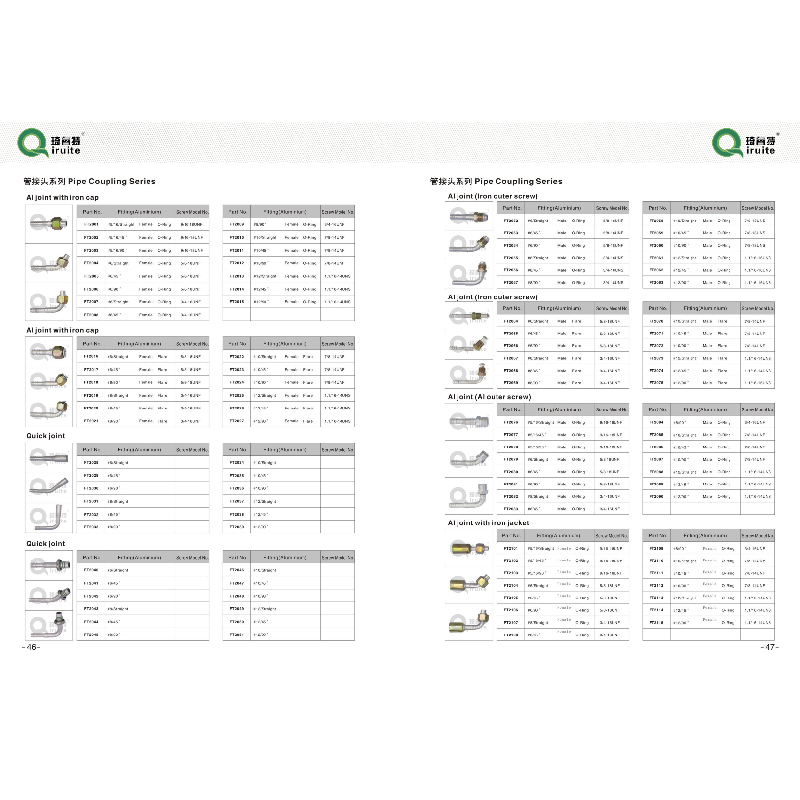air conditioner piping installation
Air Conditioner Piping Installation A Comprehensive Guide
Air conditioning systems are vital for maintaining comfortable indoor environments, especially in regions with extreme temperatures. A critical component of an air conditioning unit is its piping, which facilitates the movement of refrigerants between the indoor and outdoor units. Proper installation of these pipes is essential for the efficient and effective operation of the HVAC system. This article outlines the steps and considerations necessary for a successful air conditioner piping installation.
Understanding the Components
Before diving into the installation process, it’s important to understand the primary components involved in an air conditioning system. The main pipes include the suction line and the liquid line. The suction line, usually insulated, carries the refrigerant in its gaseous form from the evaporator coil to the compressor. In contrast, the liquid line transports the refrigerant from the condenser back to the indoor unit in a liquid state.
Preparing for Installation
1. Tools and Materials Gather the necessary tools and materials. You will need copper tubing, a pipe cutter, a flare tool, wrenches, insulation, and proper fittings. Ensure that the pipes are of an adequate diameter for optimal flow rate—typically 7/8 inch for the suction line and 3/8 inch for the liquid line.
2. Planning the Route Carefully plan the route the pipes will take from the outdoor unit to the indoor unit. Avoid sharp bends and long runs that could impede refrigerant flow. Ideally, the lines should run as straight as possible with minimal elevation changes.
3. Safety Precautions Safety should always be paramount. Wear protective gear such as gloves and goggles to avoid injury. Ensure the power is disconnected from the air conditioning unit to prevent electrical hazards during the installation process.
Installation Steps
air conditioner piping installation

1. Cutting the Pipes Using a pipe cutter, cut the copper piping to the required lengths. Make sure to leave a little extra length for any necessary adjustments or connections.
2. Creating Flares After cutting the pipes, use a flare tool to create flared ends. This process involves expanding the ends of the copper pipes to allow for secure connections with fittings.
3. Joining the Pipes Join the pipes using the appropriate fittings. Ensure that all connections are tight to prevent leaks. It is important to use a pipe wrench carefully to avoid damaging the fittings.
4. Insulating Lines Proper insulation is critical for the suction line. Insulation helps to minimize energy losses and prevents condensation. Wrap the suction line with insulation material, ensuring that there are no gaps or exposed areas.
5. Connecting to the Units Once the piping is in place, connect the lines to the indoor and outdoor units. Follow the manufacturer’s guidelines for the correct connection method. Typically, you will need to screw the flare fittings onto the points designated for the liquid and suction lines.
6. Testing for Leaks Once everything is connected, it’s essential to test for leaks. This can be done using a leak detection solution or a nitrogen pressure test. If any leaks are found, they should be repaired immediately before proceeding.
7. Final Inspection Finally, inspect all connections and ensure that the installation meets local codes and regulations. Proper installation not only ensures optimal performance but also extends the lifespan of the HVAC system.
Conclusion
Installing air conditioner piping requires careful planning, precise execution, and adherence to safety guidelines. By following the outlined steps and considerations, you can ensure that the refrigerant flows efficiently between the units, providing a comfortable indoor environment. Proper installation not only maximizes the efficiency of your air conditioning system but also minimizes maintenance costs over time. Always consult a professional if you are uncertain about any part of the installation process, as improper installation may lead to complications and potentially costly repairs.
-
Ultimate Spiral Protection for Hoses & CablesNewsJun.26,2025
-
The Ultimate Quick-Connect Solutions for Every NeedNewsJun.26,2025
-
SAE J1401 Brake Hose: Reliable Choice for Safe BrakingNewsJun.26,2025
-
Reliable J2064 A/C Hoses for Real-World Cooling NeedsNewsJun.26,2025
-
Heavy-Duty Sewer Jetting Hoses Built to LastNewsJun.26,2025
-
Fix Power Steering Tube Leaks Fast – Durable & Affordable SolutionNewsJun.26,2025

